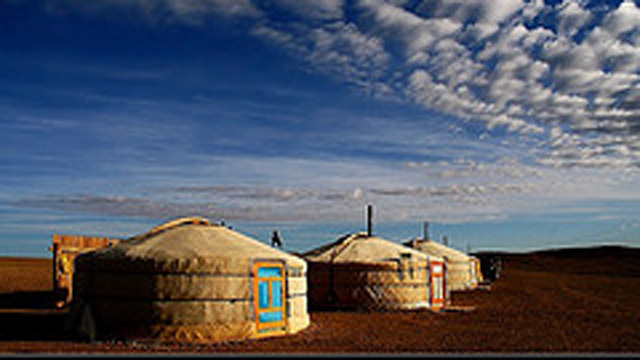America Is Not Operating At Full Capacity

The recession ended more than a year ago. That’s what economists say, at least. But while output may be growing again, that doesn’t mean the economy is running smoothly. Nor does it mean that Americans are doing well.
Neil Irwin, in The Washington Post this week, gets to the heart of the problem: “Compared with a healthy economy, about 7 million working-age people and 5 percent of the nation’s industrial capacity are sitting idle, not producing what they could.” The economy, in other words, is at less than full capacity. Much like an engine that is not running cleanly, it knocks and pings. And when the economy doesn’t run smoothly, we suffer.
Irwin shows, in a fantastic interactive graph, that the gap between what we produce and what we could be producing amounts to about $900 billion a year. That’s more than 6% of our $14 trillion dollar potential output. The gap between what we are making and what we can make exists because 15 million Americans who can and want to work are unemployed, and because we’re using less than 75% of our industrial capacity. Of course, some amount of slack is normal when the economy is running well. Economists expect there to be around 5% unemployment when people are simply switching jobs at a normal rate. Anything lower than that tends to drive inflation up. Economists likewise expect about 20% of working equipment to be idle at any time as part of normal business. But there’s way too much slack in the American economy right now. Millions of Americans who could be working aren’t working, and many more factories are closed than need to be. That means that as a country we are making much less than we could be.
The recession is technically over because our economy is growing again. But that doesn’t mean the slack is going away. Right now the economy is growing simply because the working age population is growing and factor productivity is increasing. We’re not actually using more of our unused capacity. Irwin shows that the economy would need to grow steadily at a robust 6% for us to reach full capacity by 2012. At a more modest 3% growth, we won’t get back to full capacity until 2020. And 2% growth, which is about what we have now, isn’t even enough for us to catch up. In fact, at 2% growth we should expect the slack in the economy to continue to increase—and we’ll never get back to full employment.
So why aren’t we using all the labor and capital we have at our disposal? Broadly speaking, the problem is that the economy is doing a poor job of matching the people and things that can do work with work that needs to be done. There is little reason to believe that cutting taxes will do much to change that, since the private sector is already not using the resources it has. But when the economy isn’t operating efficiently, one thing we can do is have the government step in and put idle resources to work. While the original stimulus package was too small to get us back to running at full capacity, the Congressional Budget Office still estimates it saved between 1.4 and 3.3 million jobs that would otherwise have been lost.
Conservatives are right to be suspicious of government spending. In many cases, markets do a much better job of allocating resources than governments could. But there are some things markets don’t do a good job of providing. One of them is infrastructure. As Ezra Klein points out, our national infrastructure—our roads, our bridges, our airports, our power grids, etc.—is in dire need of repair. Repairing our infrastructure would cost money and add to the deficit. But it will have to be improved eventually. And as outgoing chair of Director of the National Economic Council Larry Summers told Klein, “You run a deficit both when you borrow money and when you defer maintenance that needs to be done. Either way, you’re imposing a cost on future generations.”
In any case, because the weak economy has driven down both the cost of borrowing money and construction materials, now is a perfect time to invest in our infrastructure. President Obama’s $50 billion infrastructure plan would be a start, but $50 billion is hardly be enough either to fix our infrastructure or get our economy back to running at full capacity. As Summers said, “There’s work that needs to be done. There are people there to do it. It seems a crime for the two not to be brought together.”





